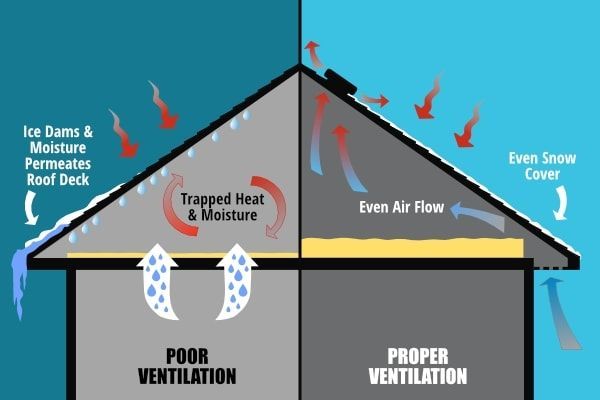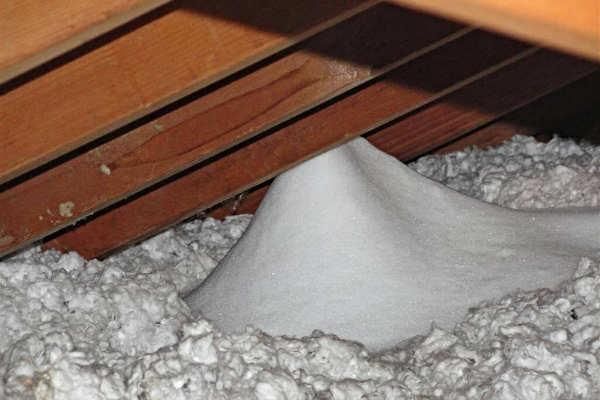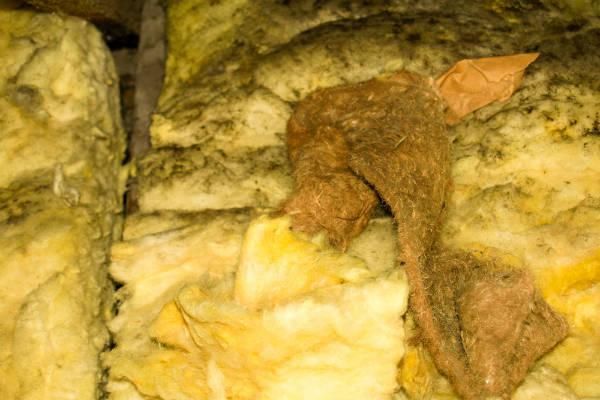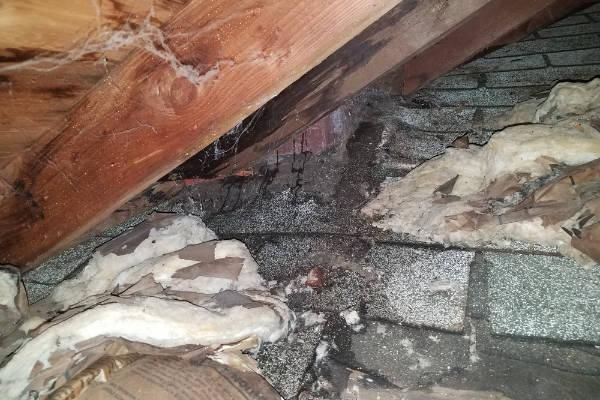
A properly sealed, insulated and vented attic is truly a marvel of functional home design. Proper attics work in every climate to moderate the temperature and comfort of your home, and keep AC and heating costs down.

STRONG AIR CIRCULATION IS KEY
One critical key in modern attic design is ensuring strong air circulation balanced between intake (usually soffit) and outtake (usually box or ridge) vents. This circulation allows excess heat and moisture that has risen to the attic peak to escape. This heat and moisture is generated from the everyday workings of the home (cooking, showers, air conditioning, heating, etc.)
VENTS CAN EXPOSE YOUR ATTIC TO THE ELEMENTS
Attic ventilation is absolutely critical to the proper functioning of your home, but in order to allow air to escape, the typical home requires a lot of vents—vents that expose the attic to attack from the elements.


40% OF MOLD FOUND IN HOMES IS FOUND IN THE ATTIC
When storms force rain and snow to penetrate your attic, this moisture contributes to rot, mold, and potentially the permanent destruction of expensive insulation.
Rot can cause expensive structural damage and repairs. Mold can lead to serious health problems and, in some cases, dealing with black mold has led to the condemnation of homes (even new homes) and negative health effects, including death. The mold remediation industry estimates that 40% of the mold found in homes is located in the attic.
WET INSULATION IS PROBLEMATIC
Many excellent insulation products on the market suffer permanent R-value reduction of up to 40% once they become wet. Although the performance of the insulation improves as it dries, the waterborne contamination of the insulation from dirt, mold and other materials triggers an often permanent impairment of the insulating material.

serving Area
United States & Canada
and surrounding areas
Business Hours
- Mon - Fri
- -
- Sat - Sun
- Closed

Share On: